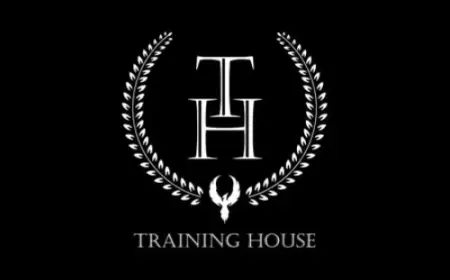Demineralized Bone Matrix: A Promising Option for Bone Regeneration and Repair

What is Demineralized Bone Matrix?
Demineralized bone matrix (DBM) is an osteoinductive biological material derived from human or animal bone. It is produced by acid extraction of mineral components from allograft bone, leaving behind collagen proteins and non-collagenous proteins.
How is DBM Produced?
DBM is produced through a demineralization process where mineral salts like hydroxyapatite are removed from donor bone through exposure to acid solutions of hydrochloric or citric acid. This process removes the mineral component and leaves behind an acellular, collageneous bone graft material. The demineralization process activates growth factors and proteins embedded in the organic bone matrix that aid in new bone formation.
Composition and Mechanism of Action of DBM
DBM contains collagen, non-collagenous proteins, and growth factors that induce bone formation. The two main osteoinductive growth factors present in Demineralized Bone Matrix
are bone morphogenetic proteins (BMPs) and transforming growth factor beta (TGF-β). When implanted, these growth factors stimulate mesenchymal stem cells at the defect site to differentiate into osteoblasts, which are bone forming cells. The new osteoblasts then lay down new osteoids and recruit cells that mineralize the osteoid, resulting in new bone formation to repair defects or fuse bones.
Applications of DBM in Bone Regeneration
DBM has found widespread clinical use as a bone graft substitute or extender in orthopedic, dental, spinal and trauma surgeries that require bone grafting. Some key applications of DBM include:
- Spinal fusion surgery: DBM is often used as a graft material to fuse vertebrae affected by degenerative disc disease, spondylolisthesis or fractures. Its osteoinductive properties aid interbody fusion.
- Total joint revision arthroplasty: In revision total hip or knee replacement surgeries, sockets or fixation components need to be implanted in areas with insufficient bone stock. DBM promotes bone ingrowth to support new implants.
- Orthopedic trauma and non-union fractures: DBM helps fill bone voids and induce new bone formation at fracture sites that have failed to heal.
- Dental socket preservation and ridge augmentation: It prevents soft tissue collapse into extraction sockets and aids preservation of alveolar ridge dimensions for future implant placement through osteogenesis.
Advantages of DBM Over Autograft and Allograft
While autograft bone taken from the patient's own skeleton is still considered the gold standard graft material, DBM has some advantages over traditional bone graft options:
- No donor site morbidity: Autograft involves additional surgery at a separate site on the patient's body to harvest bone, risking pain, infection and limitations in graft volume. DBM avoids this.
- Available off-the-shelf: DBM is produced in regulated tissue banks from screened donors and is readily available when needed without additional surgery.
- Osteoinductive properties: DBM induces new bone formation not just osteoconduction like allograft. This gives it superior graft incorporation and fusion rates.
- Putty or paste format: It can be easily molded to fit defects and combined with other graft materials for improved handling.
Clinical Evidence Supporting Use of DBM
Numerous clinical studies have demonstrated DBM to be as effective as the gold standard autograft in spinal fusion when used with spinal cages or instrumentation. Some key findings include:
- A meta-analysis of 28 randomized controlled trials found DBM to be comparable to autograft for lumbar interbody fusion, with fusion rates of 81.4% for DBM vs 86.5% for autograft.
- In anterior cervical discectomy and fusion procedures, DBM alone or mixed with local bone achieved 92-98% fusion rates similar to iliac crest bone graft.
- For foot and ankle fusion, a review of 20 studies found DBM to have similar 80-90% fusion success rates as autograft with less donor site morbidity.
- In oral and maxillofacial reconstruction, studies support DBM for alveolar ridge preservation and augmentation prior to dental implant placement.
Thus, clinical evidence supports the effective use of DBM as a reliable alternative to autograft in various orthopedic, spinal and dental fusion procedures. Its osteoinductive properties and handling advantages make it a promising graft option.
Get More Insights on- Demineralized Bone Matrix
Get this report in Japanese- 脱灰骨マトリックス市場
Get this report in Korean-탈염 뼈 매트릭스 시장
About Author:
Vaagisha brings over three years of expertise as a content editor in the market research domain. Originally a creative writer, she discovered her passion for editing, combining her flair for writing with a meticulous eye for detail. Her ability to craft and refine compelling content makes her an invaluable asset in delivering polished and engaging write-ups.
(LinkedIn: https://www.linkedin.com/in/vaagisha-singh-8080b91)
What's Your Reaction?
 Like
0
Like
0
 Dislike
0
Dislike
0
 Love
0
Love
0
 Funny
0
Funny
0
 Angry
0
Angry
0
 Sad
0
Sad
0
 Wow
0
Wow
0























































